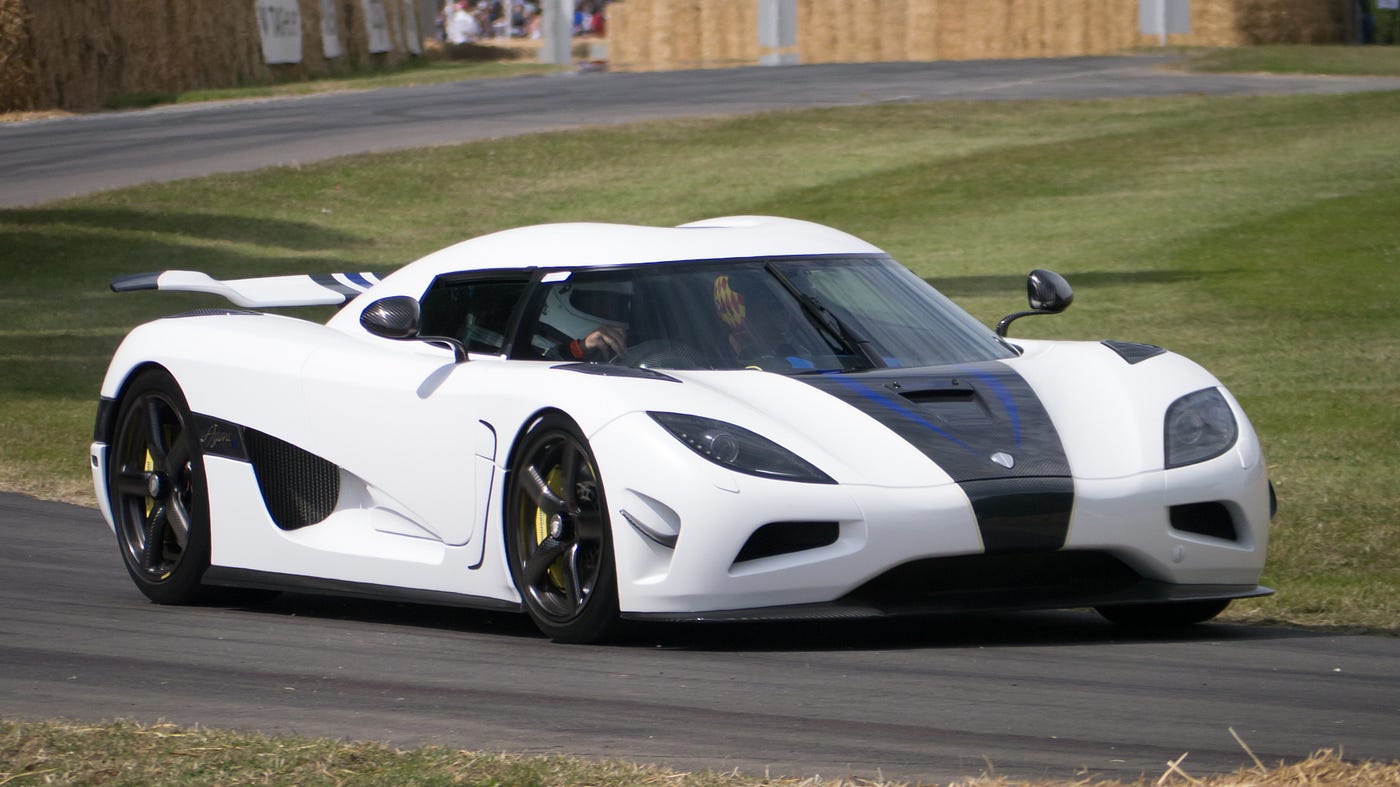
Alright, gearheads and budget-conscious commuters, buckle up, because we need to talk. Remember a time, not so long ago, when a reliable, slightly-used imported car was a rite of passage, a smart financial move, a testament to savvy shopping? That golden age, my friends, feels like a distant memory, a nostalgic flicker in the rearview mirror of a rapidly transforming automotive landscape. Today, the notion of an ‘affordable import’ often elicits a chuckle, if not a groan, from anyone daring enough to venture onto a dealership lot. What the heck happened?
It’s not just sticker shock; it’s a full-blown automotive market earthquake, shaking the foundations of what we once considered normal. For anyone who had the pleasure or context of having bought pre-2020, the current reality is, as one expert put it, “kind of mind-boggling.” The confluence of global crises, shifting trade policies, and evolving consumer demands has created a perfect storm, pushing the prices of vehicles – especially those formerly budget-friendly imports – into the stratosphere. This isn’t just about a few extra bucks; we’re talking about a fundamental recalibration of what a used car costs, and it’s hitting our wallets hard.
So, let’s peel back the layers and take a deep dive into the intertwined factors that have conspired to snatch away our beloved affordable imports. This isn’t just a lament; it’s an autopsy of affordability, a look under the hood at the complex mechanics driving today’s bewildering car prices. From the lingering shadows of a global pandemic to the subtle, yet powerful, shifts in manufacturing and financing, every piece of this puzzle contributes to the new, unfavorable reality we’re all facing.
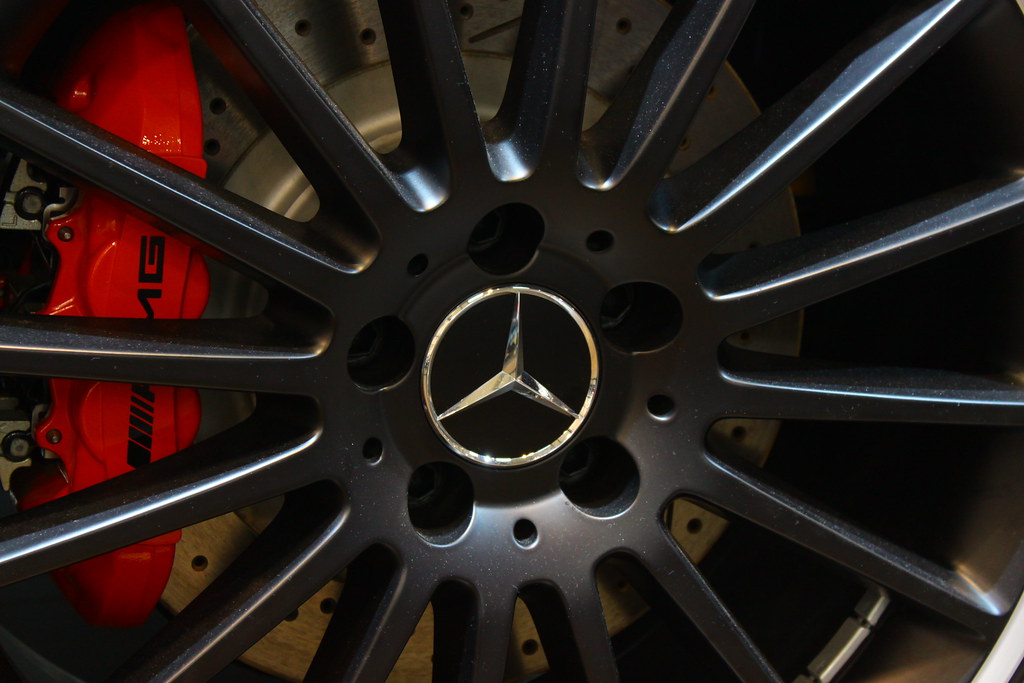
1. **Soaring Used Car Prices**
Let’s start with the most glaring symptom of our current automotive malaise: the astronomical rise in used car prices. Before the pandemic, a 3-year-old vehicle would typically set you back a little over $22,000. Fast forward to 2025, and that number has catapulted upward of $31,000. This isn’t just a minor fluctuation; it’s a seismic shift, an economic gut punch that has fundamentally altered the entry point into vehicle ownership for millions. As Edmunds’ director of insights, Ivan Drury, aptly put it, “it’s not just reestablishing your expectations, but coming to terms with today’s new reality, which is unfortunately not in your favor.”
The average price of all used car transactions, while slightly below its pandemic peak, remains thousands of dollars more expensive than it was just six years ago. What’s worse, the latest Bureau of Labor Statistics data reveals that prices are creeping up again, showing a 6% increase over the past year. This relentless upward trend means that the ‘bargain’ of yesteryear is now the baseline, and even that baseline is continually being pushed higher. It’s a harsh reality that has left many prospective buyers scratching their heads and clinging to their older rides for dear life.
This isn’t just about inflation; it’s about a structural change in the market. The notion that you could reliably find a good, solid used vehicle for a reasonable price, especially an import known for its durability and value, has been severely challenged. The once-clear path to affordable motoring has become overgrown with dollar signs, making every purchase feel like a compromise rather than a triumph. The days of casual car-hunting are gone; now it’s a strategic, often desperate, quest.
Read more about: Remember These? 14 Classic Cars From the 1980s That Everyone Forgot About (But Are Now Worth a Fortune!)
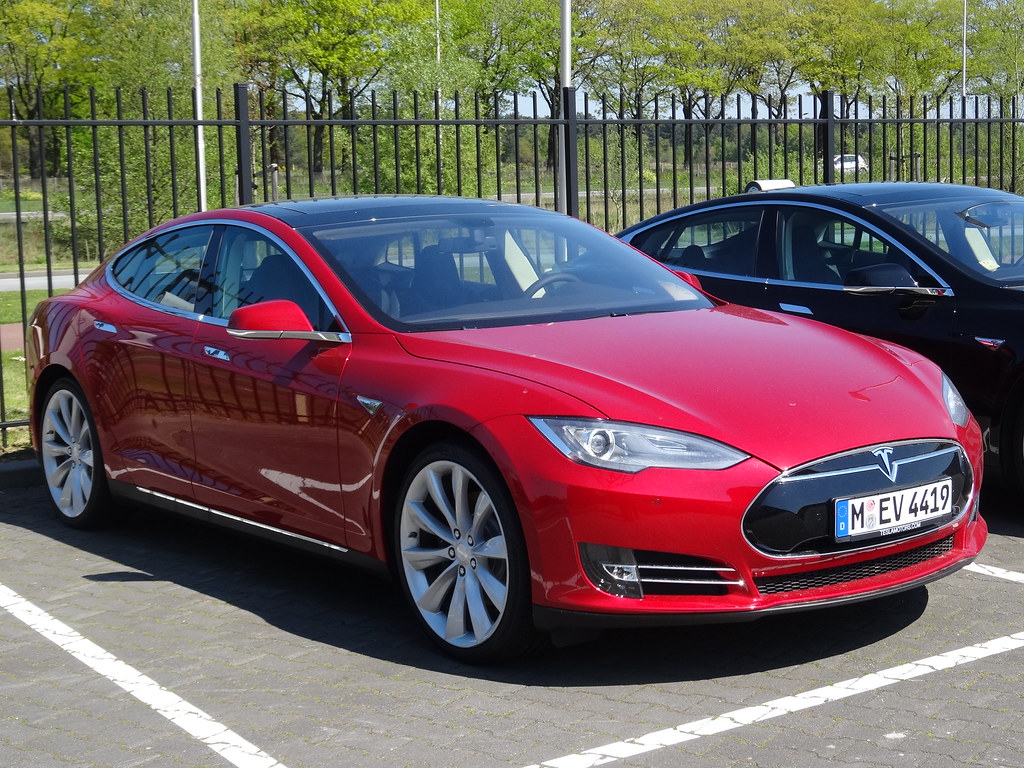
2. **Pandemic-Era New Car Production Slump**
To truly understand the used car market, you have to look at the new car market first. As the saying goes, ‘you can’t make new used cars.’ The COVID-19 pandemic triggered a cascade of supply chain disruptions, most notably the semiconductor shortage, which crippled new vehicle production worldwide. From 2014 to 2019, the US saw 16 to 17 million new cars sold annually. That number plummeted to 13 to 14 million each year from 2020 to 2022. That’s a staggering deficit of millions of new vehicles that simply weren’t built.
This wasn’t just a temporary hiccup; it created a massive “hole” in the vehicle ecosystem, as Jeremy Robb, senior director of economic and industry insights at Cox Automotive, describes it. These missing new cars never entered the pipeline that would eventually lead them to become used vehicles for consumers a few years down the line. It’s a delayed but devastating domino effect where fewer new cars today directly translates to a critically constrained supply of used cars tomorrow.
Even with sales creeping back up and Edmunds estimating that sales might finally surpass 16 million again this year, the ripple effects are far from over. The backlog and the lost production from those pandemic years continue to haunt the market. It’s a stark reminder that global events have local consequences, and in this case, those consequences are felt acutely every time someone tries to buy a car. The foundation of the used car market was eroded, and we’re still living with the aftershocks.

3. **Increased Competition for Older Vehicles**
As new car production stuttered and stumbled, a predictable scramble for older vehicles ensued. It was the used-car apocalypse nestled inside the whole-world apocalypse, as the context so perfectly phrases it. Suddenly, everyone needed a car, or at least a different car. The desire to socially distance themselves from others behind the wheel fueled a surge in demand from consumers. Public transportation became less appealing, and personal mobility became a premium.
Adding to this fierce competition were rental car companies, which typically refresh their fleets regularly but found themselves unable to acquire new vehicles. They turned to the used market, hoovering up available stock to maintain their operations. This combination of heightened individual demand and institutional buying pressure created an unprecedented strain on the already dwindling supply of used cars. It was a perfect storm of demand meeting constrained supply, driving prices higher and options lower.
This wasn’t just a minor inconvenience; it was a fundamental shift in market dynamics. The traditional equilibrium was shattered, as these powerful forces converged to outbid and outmaneuver the average consumer. For anyone hoping to find a reliable, affordable import, this surge in competition meant facing off against not just other individuals, but entire corporations, armed with deeper pockets and more urgent needs. The playing field, already uneven, tilted even further against the everyday buyer.
Read more about: Unleash Your Inner Tuner: The 13 Best Affordable Cars Under $25,000 to Customize in 2025

4. **The “Hole” in the Vehicle Ecosystem**
The implications of the new car production slump extend far beyond immediate availability; they’ve created a gaping “hole” in the long-term supply of used vehicles. When millions fewer new cars are sold for several years, that deficit doesn’t just vanish. It propagates through the entire vehicle lifecycle. Jeremy Robb from Cox Automotive incisively points out, “Those vehicles never entered the vehicle ecosystem to become used vehicles for consumers, and that’s the crux of the matter right now, it’s that hole that was made.”
This means that three, four, or five years down the road, there are simply fewer cars coming off their first ownership cycle and onto the used market. Dealerships aren’t seeing as many people trading in cars they bought new during the pandemic years. And if they are, those vehicles were likely more expensive to begin with due to the very same pandemic-era pressures. This creates a perpetual shortage, where the supply of good quality, reasonably aged used cars is artificially depressed for years to come.
It’s a foundational issue that will continue to impact affordability long after the immediate supply chain issues are resolved. You can’t just magically create those missing cars. This long-term structural imbalance means that even if new car production fully recovers, the used car market will be playing catch-up for quite some time. For the consumer, it translates into fewer choices, higher prices, and a frustrating hunt for vehicles that simply aren’t there in the numbers we once expected.
Read more about: Tony Stewart’s Game-Changing Move: Elite Motorsports Secures Funding for Top Fuel Dominance in 2026

5. **Automakers Prioritizing High-End Models/Trims**
When supply chains were in turmoil and semiconductors were scarce, carmakers faced a tough choice: how to maximize profitability with limited resources. Their strategy was clear: focus on their most popular and, crucially, their most profitable models and trim levels. As Stephanie Brinley, an automotive analyst at S&P Global, explains, this meant concentrating on vehicles that tended to be on the middle or high-end of their price range.
This strategic pivot meant that fewer entry-level or base model vehicles were produced. If you were looking for a no-frills, affordable new car, your options dwindled rapidly. And, naturally, if fewer affordable new cars were produced, then fewer affordable cars would eventually make their way to the used market. This created a combination of a vehicle that was “more expensive in the first place and relatively low supply,” as Brinley notes, amplifying the cost issue.
This wasn’t just a temporary measure; it cemented a shift in manufacturing priorities that has profoundly impacted the availability of budget-friendly vehicles. Automakers optimized for profit, and in doing so, inadvertently (or perhaps intentionally) pushed the market towards higher price points. The ripple effect is that even used versions of these models started at a higher baseline, making their depreciated values still out of reach for many who previously relied on the used market for affordability.
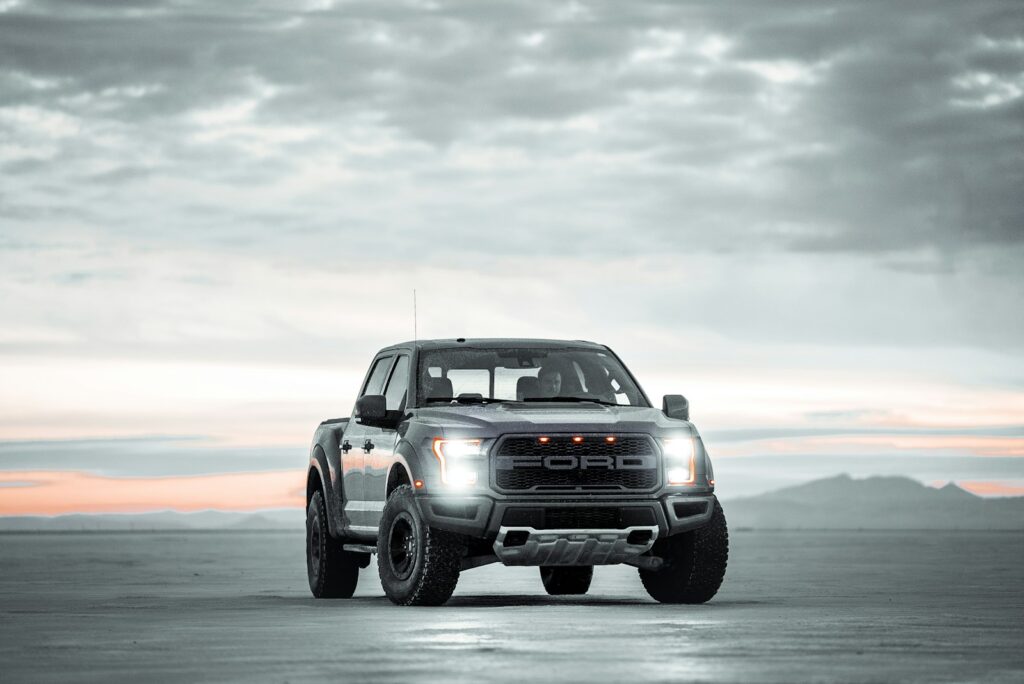
6. **Declining New Car Leasing Rates**
Leasing might seem like a niche segment, but it plays a significant role in feeding the used car market. Typically, about 30% of new cars are leased annually. However, this figure took a steep dive, falling to about 17% in 2022. Why the drop? Automakers prefer customers to buy a car outright, as they make more profit that way. With heightened consumer competition for a limited number of pricey new vehicles, manufacturers had less incentive to offer attractive leasing terms; they were already selling premium cars for close to full price.
The vast majority of leases mature in around 36 months, at which point the vehicle is often returned and enters the used car market. With a substantial contraction in leasing activity during the pandemic, the flow of these off-lease vehicles into the secondhand market has been severely curtailed. As Jeremy Robb points out, “The lease maturities have really been contracting over the past year and a half and will continue to contract.” This means fewer relatively young, well-maintained vehicles becoming available.
This reduction in off-lease inventory is yet another factor contributing to the scarcity of used cars and, consequently, their higher prices. These vehicles often represent some of the best value in the used market – newer models with lower mileage. Their absence leaves a void that isn’t easily filled, pushing buyers towards older, higher-mileage options or, ironically, back to increasingly expensive new cars. It’s a subtle but powerful driver of the affordability crisis in the used sector.
Read more about: 14 Simple Ways to Transform Your Health with Regenerative Farming Products

7. **General Rise in New Car Prices and Features**
Beyond the immediate effects of the pandemic and supply chains, there’s a broader, more insidious trend impacting affordability: new cars have simply gotten “extremely expensive.” This isn’t just inflation; it’s a feature creep, a relentless loading up of vehicles with all sorts of pricey tech and amenities that push MSRPs ever higher. Once a new car’s price climbs, its used counterpart of the same model tends to follow suit, as they are inherently anchored together.
American drivers have also shown a strong preference for bigger, pricier cars, a trend that automakers are more than happy to accommodate since larger models typically yield greater profits. This shift has come at a cost to the entry-level market. Many more affordable, smaller vehicles have been unceremoniously pulled off the market altogether – a moment of silence for the Ford Focus, Chevy Cruze, and Dodge Dart, gone but not forgotten by budget-conscious buyers.
The impact is multi-fold: used cars are more expensive because their new counterparts were already pricier. Owners might hold onto them longer to justify the higher initial investment, further constricting used supply. And, perhaps most painfully, some cost-conscious would-be new car buyers are being entirely priced out, forcing them into a used market that is itself becoming increasingly unaffordable. As Sam Fiorani, an industry analyst at AutoForecast Solutions, notes, where entry-level was $15,000 not too long ago, “it’s suddenly closing in on $30,000.” This upward spiral means that every time the cost of a new car rises, we’re simply creating another used vehicle consumer, pushing more demand into a shrinking, pricier segment.
Alright, if you thought the forces we’ve already dissected were a lot to unpack, get ready, because we’re about to delve into the colossal elephant in the room: tariffs. These aren’t just a bump in the road; they’re a fundamental re-engineering of the cost structure for imported vehicles, and they’re hitting our wallets with the force of a full-throttle impact. It’s a complex web of geopolitics and economics, but for us car enthusiasts and everyday drivers, it boils down to one thing: higher prices and fewer accessible options, especially in that once-reliable import segment.
Read more about: Navigating the Shifting Tides: Why Classic Cars Face an Uncertain Future and How Savvy Collectors are Securing Their Legacy

8. **The Looming Shadow of Tariffs on Imported Vehicles**
Tariffs, those often-abstract governmental levies, are manifesting as very concrete price increases in the automotive sector. They’re effectively a tax on international trade, and in our world of globalized car manufacturing, that means higher costs for pretty much everything. From aluminum and steel, which have seen tariffs skyrocket to 50%, to foreign-made parts, and even entire imported vehicles, which face levies as high as 25%, these charges add up long before a car ever hits the dealership lot.
The implications for affordability are profound. Even after recent deals with Japan and the European Union, tariffs on imports from those countries remain at 15%, significantly higher than in previous years. This isn’t just a minor surcharge; it directly inflates the base cost of producing and importing vehicles. What was once an economically viable import strategy for automakers now comes with a hefty penalty, which, as we’re seeing, trickles down to the consumer.
For those budget-friendly imports that buyers once relied on, this is particularly devastating. These vehicles are often already operating on tighter margins, and an additional 15% or 25% tariff on their components or the assembled car itself can easily push them out of their traditional price bracket. David Greene, principal analyst at Cars.com, starkly notes that these cars “are under pressure again, because automakers’ costs are going up,” forcing some models into a higher price category entirely.
Read more about: The Shifting Automotive Landscape: Why Used Car Values Are Collapsing, and What It Means for Buyers and the Economy
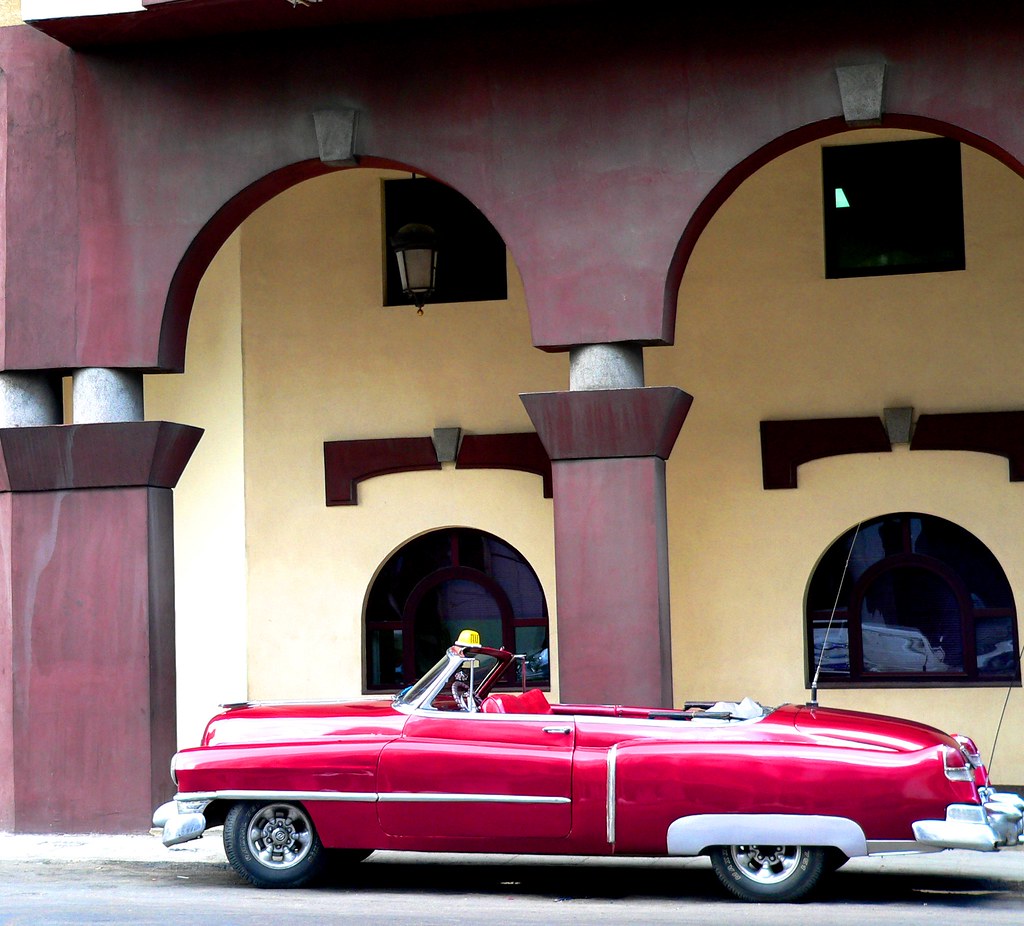
9. **Automakers Absorbing the Initial Blow (But Not Forever)**
Interestingly, despite these substantial tariff costs, new-vehicle transaction prices haven’t seen an equally dramatic spike yet. Kelley Blue Book data showed only a 1.2% year-over-year increase in June, which is actually *smaller* than the 10-year average annual increase. This has been “a little bit surprising but good for the consumer,” according to Erin Keating, executive analyst for Cox Automotive. But don’t pop the champagne just yet; this temporary reprieve is more about automakers playing a strategic long game than a sign of enduring affordability.
Several factors explain this initial absorption. Many dealer lots were full of tariff-free vehicles when the charges first took effect, creating a buffer. Companies also saw an opportunity to attract new buyers by holding off on price increases, seizing the moment when consumers, fearing tariffs, rushed to buy. Perhaps most importantly, automakers recognized that “consumers are already stretched thin,” as Edmunds’ Ivan Drury puts it, and a sudden, sharp price hike risked alienating buyers and losing sales.
However, this strategy comes at a massive cost to the manufacturers themselves. Major players have revealed staggering tariff bills: General Motors at $1.1 billion, Hyundai at $600 million, Kia at over $500 million, Volkswagen at $1.5 billion, and Stellantis expecting around $1.7 billion for the year. While many are still profitable, absorbing such losses is not sustainable indefinitely. Keating underscores this, stating, “For a majority of the automakers, they’re really taking the tariffs on the chin,” and investors are not keen on this continuing forever.

10. **Shifting Production and Squeezing the Supply Chain**
Facing these billions in tariff costs, automakers aren’t just passively absorbing the blows; they’re actively strategizing to mitigate the impact. One significant response is a push towards “localizing” production, essentially moving manufacturing operations to avoid import tariffs. Volkswagen Group’s CEO Oliver Blume, for instance, has hinted at the possibility of making Audis in the U.S., building on their existing Volkswagen facilities in Chattanooga, Tennessee. General Motors has also made moves, relocating the production of its Chevy Blazer from Mexico to Tennessee.
Another key strategy involves “squeezing costs” elsewhere in the sprawling supply chain. This means pressuring suppliers to absorb more of the financial burden or meticulously finding efficiencies and savings wherever possible. These are not easy fixes, but they are necessary maneuvers in a market grappling with unprecedented cost pressures. It’s a testament to the severity of the tariff impact that such large-scale industrial shifts and intricate cost-cutting measures are being implemented.
These actions are critical interim steps designed to keep vehicle prices somewhat stable for as long as possible. However, executives have made it clear that eventually, these costs will be passed along to consumers. Stellantis Chief Financial Officer Doug Ostermann, for example, has spoken of making “progress on pricing,” which in corporate speak, is a euphemism for higher sticker prices. This indicates that while automakers are fighting valiantly, the consumer will ultimately bear the brunt of these trade policies, setting the stage for future price increases on new and, subsequently, used vehicles.
Read more about: The Automotive Exodus: Unpacking the 14 Critical Reasons Why Diesel Engines Are Fading from Our Markets
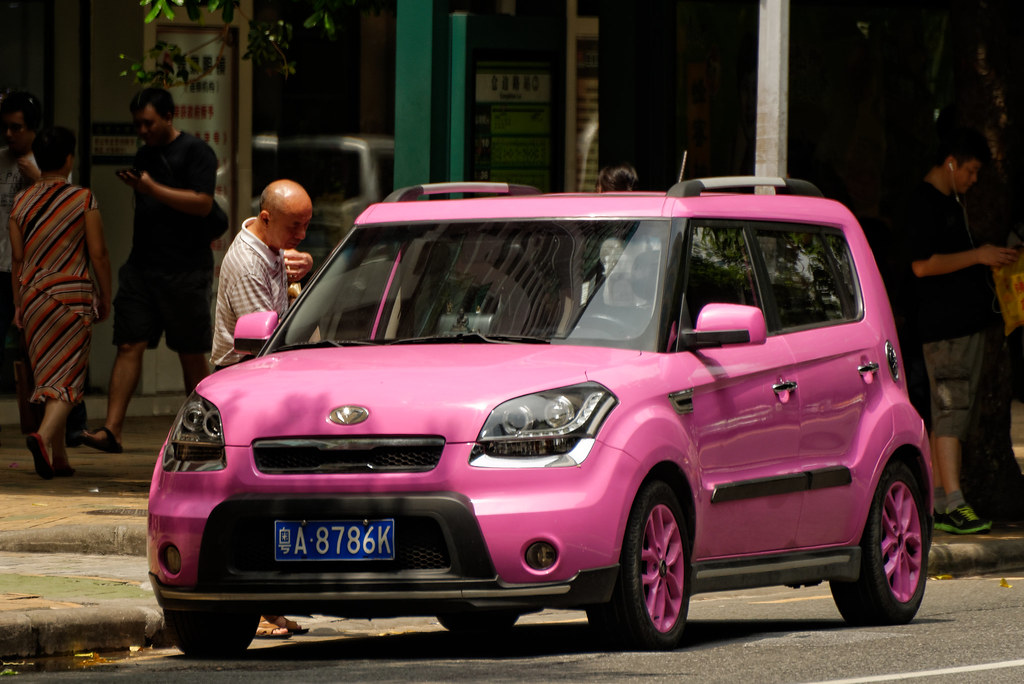
11. **The Disappearing Act of Affordable Imported Models**
While we’ve touched on the broader trend of entry-level models fading away, tariffs are accelerating the disappearance of *affordable imported models* with alarming speed. A new Cars.com report highlights that inventory growth for budget-friendly cars is lagging significantly behind overall car inventories. Critically, these budget-friendly cars are predominantly imported, making them directly vulnerable to tariff-induced price hikes. This means many cars once comfortably under the $30,000 mark are now being pushed into more expensive categories.
The problem is exacerbated by automakers’ pandemic-era shift towards producing more profitable higher-end vehicles, leaving fewer low-trim options to begin with. David Greene from Cars.com underscores this, explaining that with aluminum and steel tariffs at 50% and many imported autos facing a 25% levy, these cars have simply gotten more expensive. He points out that only a couple of models, like the Honda Civic and Toyota Corolla, are manufactured in the U.S., making most other budget-conscious imports susceptible to these increased costs.
This scenario creates a double whammy for consumers: fewer affordable entry-level models are being made, and the ones that are imported are now burdened with significant tariffs. As Greene notes, this “does push some of them into the next higher price category.” So, while American drivers’ preference for larger, pricier cars certainly plays a role, tariffs are now a significant, unavoidable force systematically dismantling the market for truly affordable imported vehicles, forcing buyers to either stretch their budget or compromise significantly.
Read more about: Unearthing the Beasts: 12 Forgotten ’90s Powerhouses That Still Outrun Modern Machines by 2025

12. **Consumer Rush: The “Buy Now Before It Gets Worse” Mentality**
The anticipation of escalating tariffs has ignited a frenzied scramble among consumers, transforming car-buying from a thoughtful process into a race against the clock. Jessica Valor, a project manager, is a prime example; she sped up her purchase of a 2025 Toyota RAV4 Limited Hybrid, made in Japan, specifically to avoid the “heavy tariff” it would be subject to come June or July. “The thought of it being out of reach… made it a little easier to pull the trigger now,” she recounted.
This isn’t an isolated incident. Dealerships are reporting a “noticeable increase in foot traffic” from buyers trying to get ahead of the expected 25% increase on vehicles and parts. Jennifer Garrett, who had previously been priced out of the used market during the pandemic, rushed to buy a new Hyundai Elantra, stating, “I didn’t want the same thing to happen again.” CoPilot data corroborates this, showing a “significant” drop in supply on dealership lots for foreign-manufactured vehicles like the Chevrolet Blazer and Volkswagen Taos since tariff announcements.
This consumer behavior underscores a bleak reality: many buyers feel trapped between a rock and a hard place. They are compelled to make significant financial decisions under pressure, fearing that waiting even a few weeks could lead to dramatically higher prices. Justin Emerson, an Audi salesperson, noted how rapidly used cars were selling, with his store’s inventory halved. It’s a market driven by anxiety, where the best option often feels like securing *any* deal before it vanishes into the tariff-inflated ether.
Car Model Information: 2021 Toyota RAV4 XLE
Name: Toyota RAV4
Caption: 2019 Toyota RAV4 LE AWD (AXAA54, US)
Manufacturer: Toyota
Aka: unbulleted list
Production: 1994–present
Class: Compact crossover SUV
Layout: unbulleted list
Categories: 2000s cars, 2010s cars, 2020s cars, All-wheel-drive vehicles, All Wikipedia articles written in British English
Summary: The Toyota RAV4 (Japanese: トヨタ・RAV4, Hepburn: Toyota Ravufō) is a compact crossover SUV produced by the Japanese automobile manufacturer Toyota. It is known for starting the wave of compact crossovers. The RAV4 is one of the best-selling SUVs of all time, having sold over 10 million units by February 2020. In February 2025, the RAV4 replaced the Ford F-150 as the top selling car in the United States, after nearly four decades of the F-150’s reign.
It made its debut in Japan and Europe in 1994, and in North America in 1995, being launched in January 1996. The vehicle was designed for consumers wanting a vehicle that had most of the benefits of SUVs, such as increased cargo room, higher visibility, and the option of full-time four-wheel drive, along with the maneuverability of a mid-size car. The vehicle’s name is an abbreviation of “Recreational Active Vehicle with 4-wheel drive”, or “Robust Accurate Vehicle with 4-wheel drive”, although not all models come equipped with the four-wheel drive system.
For the third-generation model, Toyota offered both short- and long-wheelbase versions of the RAV4. Short-wheelbase versions were sold in Japan and Europe; long-wheelbase versions in Australia and North America. Toyota of Japan also sold the longer-wheelbase version as the Toyota Vanguard (Japanese: トヨタ・ヴァンガード, Hepburn: Toyota Vangādo) at Toyopet Store dealership chain from 2005 through 2016. RAV4 for the Japanese market were sold at two different Toyota dealership chains, Corolla Store and Netz.
Get more information about: Toyota RAV4
Buying a high-performing used car >>>
Brand: Toyota Model: RAV4
Price: $25,963 Mileage: 50,231 mi.
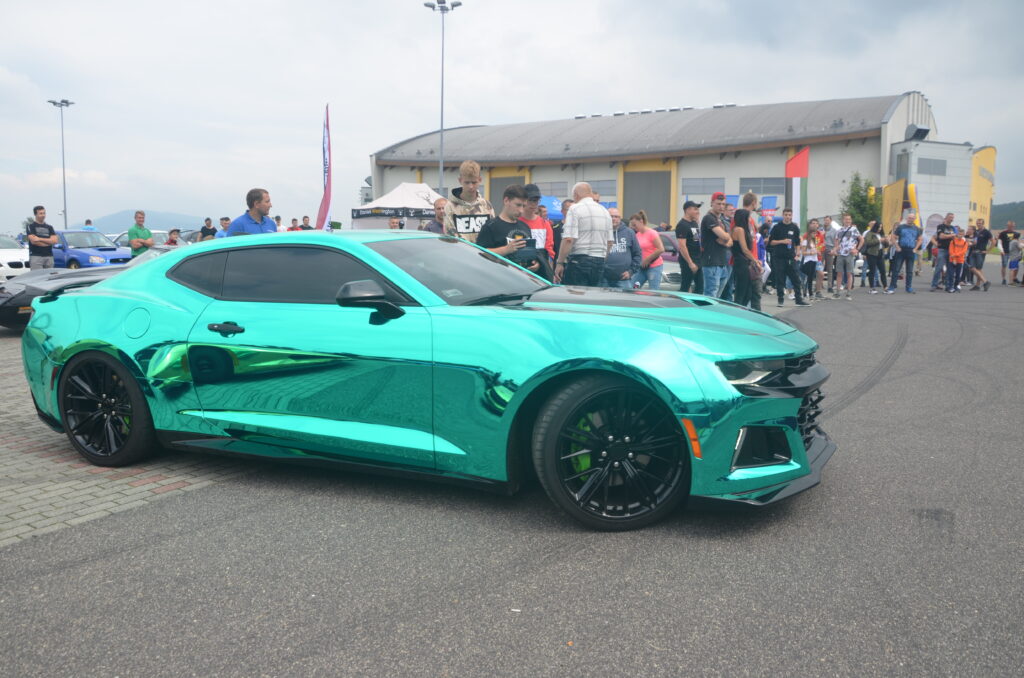
13. **The Hard Reality: Resetting Expectations for Used Car Prices**
One of the most uncomfortable truths to accept in this new automotive landscape is that prices, particularly for used cars, are simply not going back to pre-pandemic or pre-tariff levels. While inflation may slow, widespread deflation isn’t happening. This means embracing what analysts call “price tag amnesia”—forgetting those mental benchmarks of what a car used to cost. The reality for buyers today is that the $20,000 that could fetch a solid 3-year-old vehicle a decade ago will now likely get you an 8-year-old car with 80,000 miles on the odometer.
This isn’t just a minor adjustment; it’s a fundamental resetting of expectations. As Ivan Drury of Edmunds put it, it’s about “coming to terms with today’s new reality, which is unfortunately not in your favor.” The once-clear path to finding a reliable, affordable used import has become obscured by layers of economic upheaval. Consumers are now entering a market where their dollar simply doesn’t stretch as far, requiring them to either spend significantly more or settle for a considerably older or higher-mileage vehicle than they would have in the past.
For many, this means a frustrating and often demoralizing car-buying experience. The “deals” of yesteryear are gone, replaced by a relentless upward creep in pricing across the board. Tom Hewitt, a retired insurance manager, chose to postpone his purchase of a new Honda Passport, opting instead to invest in repairing his current cars rather than face the “sky-high sticker prices” and limited deals. His philosophy, “Take care of your car and your car will take care of you,” now resonates more than ever in a market where replacing it is increasingly financially prohibitive.

14. **The Bleak Future: Higher Prices and Fewer Choices**
When asked about the future of used car prices, analysts and auto experts offer a near-unanimous, sobering answer: don’t expect things to get brighter anytime soon. The “hangover effects from so much disruption from years ago” are still playing out, as Drury says, and with tariffs now a major factor, the outlook remains challenging. Wedbush Securities analyst Daniel Ives predicts that the average price of cars could increase anywhere from $5,000 to $10,000 “out of the gates,” with some non-luxury vehicles potentially seeing jumps of up to $20,000 if automakers pass on full tariff costs.
The 2026 model year, set to arrive on lots in the coming months, is anticipated to be a “natural time for prices to go up,” according to Drury and Keating. They predict pricing could rise 4 to 8% before cars price themselves out of their competitive set. Moreover, costs won’t just be reflected in sticker prices; they’ll manifest in more subtle, yet equally impactful, ways. Think less favorable financing deals—a 1.9% rate becoming 3.9%—and significantly reduced cash-back incentives—$3,500 shrinking to $1,500.
This confluence of factors paints a grim picture for the average car buyer. Patrick Anderson, CEO of Anderson Economic Group, highlights that the uncertainty surrounding trade deals, particularly with Canada, is damaging trade relations, potentially leading to fewer choices and higher price tags as some automakers scale back on imports from Europe. The “thousand-dollar question” of tariffs, combined with persistent supply issues and shifting automaker priorities, means that the road ahead for budget-conscious car buyers is indeed “rough,” fraught with difficult choices between increasingly expensive options.
So, where does that leave us, the weary car shoppers yearning for the days of simple, affordable imports? It leaves us squarely in a new reality, one where the familiar ground of accessible motoring has shifted dramatically beneath our feet. The golden age of snagging a reliable, budget-friendly import is, sadly, a relic of a bygone era, replaced by a challenging landscape of soaring prices, limited choices, and the pervasive shadow of tariffs. It’s a market demanding not just a reset of expectations, but perhaps a complete rethinking of how we approach vehicle ownership, because the “used-car apocalypse” has well and truly settled in, and it’s not going anywhere fast. For now, it seems the answer to when is the “best time” to buy a used car may permanently be: “there’s no such thing as a best time.” Buckle up, indeed.



